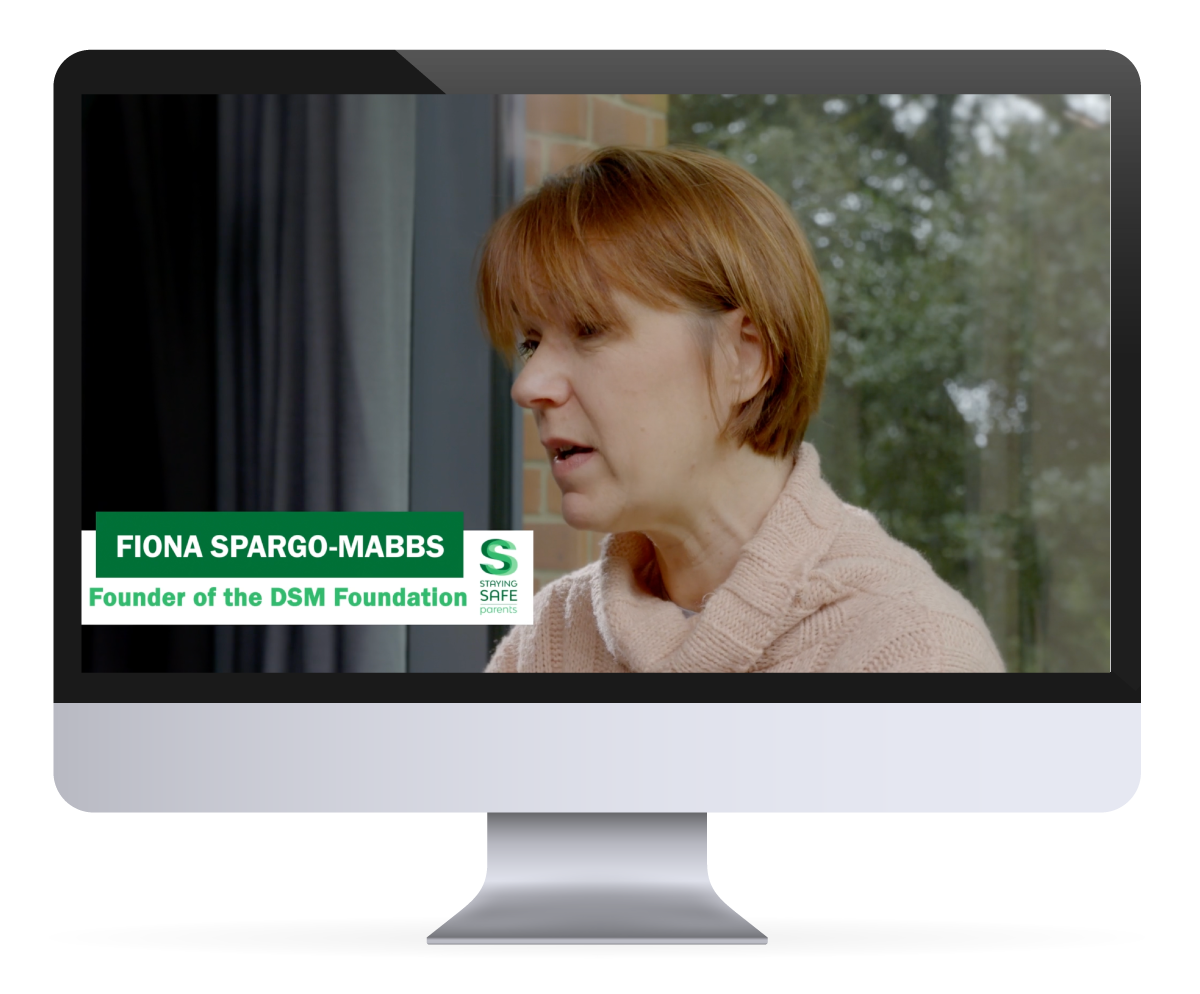Our Core Principles
Communication and connectedness underpins the ability of parents to be trusted sources of information for their children.
Consistency in messaging about substance use between parents is essential.
Early identification of risk factors can help children and their parents reduce risk.
Judgment and fear of punishment can leave children feeling isolated and closes conversations down.
Learning about drugs together can help family collaborate in strategies to keep their children safe.
Early onset of substance use is often a mark of other problems.
Substance use can mask or worsen other mental health conditions
Core Modules
We don’t cover drugs in isolation: we deal with the law, sexual assault and consent, mental health, civic responsibility and how to look out for your mates. Staying Safe Parents covers the following information and topics for parents and families:
Adolescent brain development
Overlap between substance use and common mental health disorders
Neurodiversity and drugs
Risk and protective factors
Identifying drug use and how to respond
Adolescent vs adult drug use
Active listening
How to talk about drugs
Family working together
What not to do
Families learning together
Drugs and the law
Drugs and consent
Drinking spiking
Disrupting sexual assault
Dealing with drug emergencies
Individual drug modules
If you’re worried about your child using drugs, it can be difficult to know what to say, when to say it and how.
This is where Staying Safe Parents can lend a hand.
Substances Covered
-
The drug most commonly used by university students. Often ignored but probably the drug responsible for the greatest personal and social harm.
-
Smoked, vaped and eaten, with more potent preparations and new therapeutic uses changing the landscape. Reducing tobacco use among this group is a key public health priority. We also cover the impact cannabis can have on studying and revising for exams and explore how cannabis use can affect the developing adolescent brain.
-
A stimulant empathogen, snorted and swallowed. Education about risk, dosing and mixing with other substances is key.
-
A stimulant that is usually snorted. Higher purity and wider access are leading to increased rates of problem use and fatalities.
-
A diverse group of potent, often long-lasting drugs, where the effect of dose, set and setting remain key areas for harm reduction.
-
A dissociative anaesthetic, typically snorted. Can exert profound dose related effects with risks of accidental harms and bladder damage.
-
Used within clinical medicine for over 150 years. Moderate use is common and relatively safe while higher does can cause disabling nerve damage.
-
Sourced through legitimate prescription or access on the black market / dark net. Both can cause dependence and, especially in combination, overdose.
-
Synthetic stimulant drugs, often snorted or swallowed. Diverse functions from pleasure, performance to sex. Often assocaited with high-risk behaviours and physical / mental health harms.
-
Migrating from medicine to misuse, these drugs are often used without supervision to improve performance, cognitive ability and body image.
-
A wide range of drugs used to facilitate social engagement and sexual performance. Can be associated with high risk sexual behaviours and can make those under the effects vulnerable to others.
-
Encompasses drugs that seek to mimic existing traditional drugs such as cannabis and MDMA. Often more potent and more risky.
-
The drugs associated with criminality, overdose and death, with marginalisation and multiple co-morbid conditions often compounding the challenges faced by those who are dependent on these drugs.
-
Everyone is aware that inhaling smoke is bad for your health but nicotine dependence is the reason people smoke. Vaping could be a safer alternative.
-
Straight talking science on the risks of vaping, who it’s best for, why it’s so much better than smoking and how to stop. From what’s in a vape to dependence, the risks and dispelling media myths and stressing why we need to challenge misperceptions among younger people.
-
No longer novel or legal, the increasing range of novel synthetic drugs can mimic any class of substance. With consumers often unaware that they are taking them, novel synthetic drugs are often more potent and difficult to titrate. This module offers scientific knowledge from an international expert and advice on how to reduce risk and know what you’re taking.
-
Prescription medications are not without risk. Understanding the laws about possession and sharing prescriptions medications will help keep you on the right side of law and minimise the risk of harm to you and other people. Knowing where you obtain them from, starting to take them safely and understanding the interactions between different medications and alcohol / other drugs is vital to optimising benefits and reducing harms.
-
Presented by an expert in psychedelics and clinical trials who understands the attraction of attempts at self medication. Walking through the structured processes that guide clinical trials and how they differ from recreational use, taking into account the pleasures of community , clubbing and community and why staying safe is so important.
It can be difficult to have a conversation if you don’t know much about the subject.
Conversations are more meaningful when people have the same background knowledge.
The Staying Safe Parents programme is a great way for families to learn together.
“It is really important that they know how to look out for their friends. Statistically, they are more likely to be the friend of someone using drugs than using drugs themselves.”
FIONA SPARGO-MABBS










